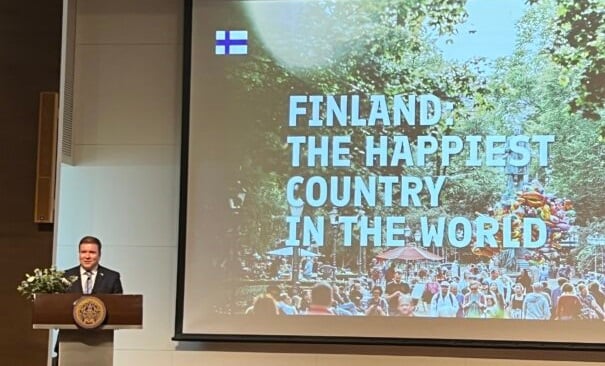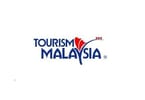In India, medical tourism is a sunrise sector valued at more than $310 million. Currently, India receives more than 100,000 foreign patients a year. The Confederation of Indian Industry expects the sector to grow to $2 billion by 2012. But might the NDM-1 gene cause a thriving growth industry to sicken and die? Doctors and those who administer India’s leading private hospitals say the sector is stronger than that. “We have proven our clinical excellence,” says Dr Anupam Sibal, group medical director of the Apollo Hospitals Group. “Our hospitals have excellent infection control protocols and infection rates are comparable to the National Healthcare Safety Network (NHSN) of Centres for Disease Control and Prevention (CDC), the US government public health agency.”
He might be right. Hina Khan, 33, came from Vancouver to Max Healthcare in Delhi to sort out a respiratory problem. She says the bug is not an issue and “India has all kinds of bugs. This is just another one of them. I will come again if needed”.
Some like 15-year-old Jenan from Iraq, who is at Artemis Hospital for brain tumour surgery, aren’t aware of the superbug as yet. But it doesn’t matter to Jenan’s family. Her father Haithan says, “Iraq has hospitals and doctors, but it doesn’t have advanced equipment. Health is our priority and India is a good destination for it.”
In fact, NDM-1 would have to get a lot more scary before it could challenge India’s biggest selling point —low-cost medical care. Dr Pradeep Chowbey, one of India’s leading weight-loss surgeons, points out that his speciality “costs between $500-800 here while in the US it’s as high as $25,000-30,000.” Liver transplants cost about $1.5 lakh in Europe but just $45,000 here and heart surgery would be $45,000 in the US and $just 4,500 here. “Where else will they get the best hospitals, doctors and facilities, plus get a chance to see Taj Mahal at such low costs?” he asks.
Chowbey is one of many who believe in the conspiracy theory rationale of NDM-1. “Naturally, the west is worried. This can be seen in the aggressive body language of doctors there.” Dr Devi Prasad Shetty of Narayana Hrudayalaya, Bangalore has been shouting the loudest about controversies. “The entire study was conducted by sponsorship from companies which make antibiotics for the superbug. They have got the most extensive free publicity for their antibiotics. Secondly, many western countries are unhappy with our medical tourism and that’s why they have named a bacteria after an Indian city,” he says. Shetty concludes by asking why HIV, which was identified in the US, was not named after an American city.
Perhaps the conspiracy theorists have a point. Perhaps the numbers do tell a growth story and the west is right to be worried. Over the past two years, Delhi’s Apollo Hospital catered to more than 10,600 foreign patients; Max Healthcare treated 9,000 foreigners, most of them from the SAARC countries, West Asia, Africa, US, the UK and Europe.
WHAT TO TAKE AWAY FROM THIS ARTICLE:
- Perhaps the numbers do tell a growth story and the west is right to be worried.
- “Our hospitals have excellent infection control protocols and infection rates are comparable to the National Healthcare Safety Network (NHSN) of Centres for Disease Control and Prevention (CDC), the US government public health agency.
- “Where else will they get the best hospitals, doctors and facilities, plus get a chance to see Taj Mahal at such low costs.






















